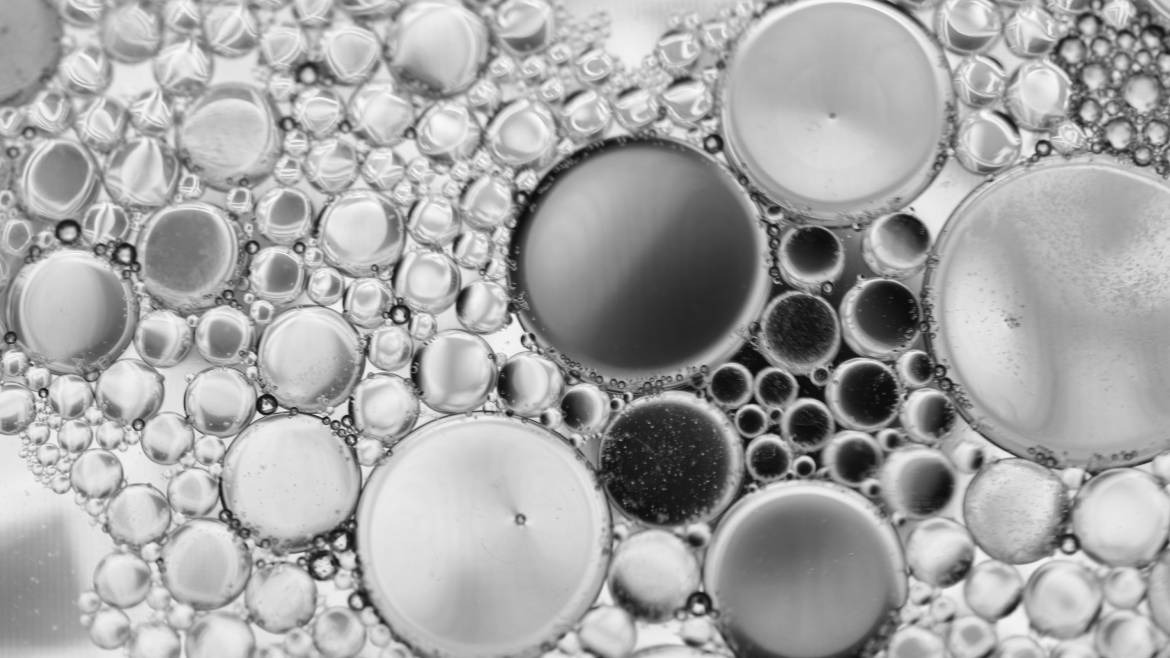- Valentine Du Bois
- 1 likes
- 8192 views
- 0 comments
THE SKIN FLORA / THE SKIN MICROBIOME
The skin is an ecosystem composed of 1.8 m2 of habitat colonized by a wide variety of microorganisms, such as bacteria, yeasts, and mites. We refer to this microscopic life as "skin flora", "skin microbiota" or "skin microbiome". The composition of the skin flora depends on age, sex, genetic factors, climate, pollution, and lifestyle, and is therefore different for each individual.
Role
The skin flora plays a crucial role in the skin's defense against possible invasion by pathogenic micro-organisms. Indeed, it competes with the latter for access to nutrients and habitat, in addition to secreting toxins that keep them at bay. Recent studies even show that the skin microbiome can "educate" our immune system, for example by causing skin cells to initiate an immune response against pathogens that attempt to colonize the skin.
The skin, in turn, provides this microflora with nutrients (carbon, nitrogen and lipids) as well as a warm and humid climate. This type of win-win relationship between two or more living organisms is called “symbiosis”.
Pathology
Although the skin flora is typically beneficial, an excessive proliferation of some micro-organisms can be dangerous. For example, a change in humidity or pH can lead to an increase in the fungal population, resulting in skin fungal infections. In addition, acne is promoted by the presence of bacteria in the follicular duct, resulting in inflammation.
Conversely, the suppression of this flora, due to excessive and/or prolonged use of antibacterial soaps for instance, can disrupt the environmental equilibrium and deprive the skin of its protections. This is known as dysbiosis.
References
Martini, Marie-Claude. 2003. Introduction à la dermopharmacie et à la cosmétologie (3e ed.). Lavoisier.
Grice, Elizabeth A., and Julia A. Segre. 2011. « The skin microbiome ». Nature reviews. Microbiology 9 (4): 244‑53. https://doi.org/10.1038/nrmicro2537.
Cho, Ilseung, and Martin J. Blaser. 2012. « The Human Microbiome: at the interface of health and disease ». Nature reviews. Genetics 13 (4): 260‑70. https://doi.org/10.1038/nrg3182.
Baldwin, Hilary E., Neal D. Bhatia, Adam Friedman, Richard Martin Eng, and Sophie Seite. 2017. « The Role of Cutaneous Microbiota Harmony in Maintaining a Functional Skin Barrier ». Journal of Drugs in Dermatology: JDD 16 (1): 12‑18.
By Valentine Du bois
Master's degree in medical biology, University of Lausanne, Switzerland
Valentine holds a Master's degree in medical biology from the University of Lausanne, following a Bachelor's degree from the University of Geneva. During her Masters, Valentine specialised in the fields of pharmacology and toxicology, focusing on applied laboratory research for the development of new treatments.



comments (0)